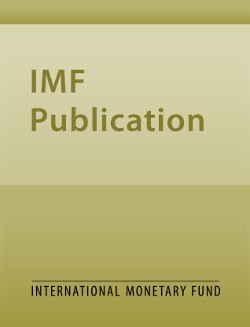
Who will Bear the Brunt of Lockdown Policies? Evidence from Tele-workability Measures Across Countries
Who will Bear the Brunt of Lockdown Policies? Evidence from Tele-workability Measures Across Countries
READ MORE...
Volume/Issue:
Volume 2020
Issue 088
Publication date: June 2020
ISBN: 9781513546285
$18.00
Add to Cart by clicking price of the language and format you'd like to purchase
Available Languages and Formats
| English |
Prices in red indicate formats that are not yet available but are forthcoming.
Topics covered in this book
This title contains information about the following subjects.
Click on a subject if you would like to see other titles with the same subjects.
Labor , Economics- Macroeconomics , WP , worker , worker characteristic , occupation , trade worker , job content , workers in SME , foreign-born worker , workers in the bottom decile , Wages , Employment , Unemployment , Labor markets , Global , COVID-19 , inequality , working remotely
Summary
Lockdowns imposed around the world to contain the spread of the COVID-19 pandemic are having a differential impact on economic activity and jobs. This paper presents a new index of the feasibility to work from home to investigate what types of jobs are most at risk. We estimate that over 97.3 million workers, equivalent to about 15 percent of the workforce, are at high risk of layoffs and furlough across the 35 advanced and emerging countries in our sample. Workers least likely to work remotely tend to be young, without a college education, working for non-standard contracts, employed in smaller firms, and those at the bottom of the earnings distribution, suggesting that the pandemic could exacerbate inequality. Crosscountry heterogeneity in the ability to work remotely reflects differential access to and use of technology, sectoral mix, and labor market selection. Policies should account for demographic and distributional considerations both during the crisis and in its aftermath.
Copyright © 2010 - 2024
Powered by:
AIDC



